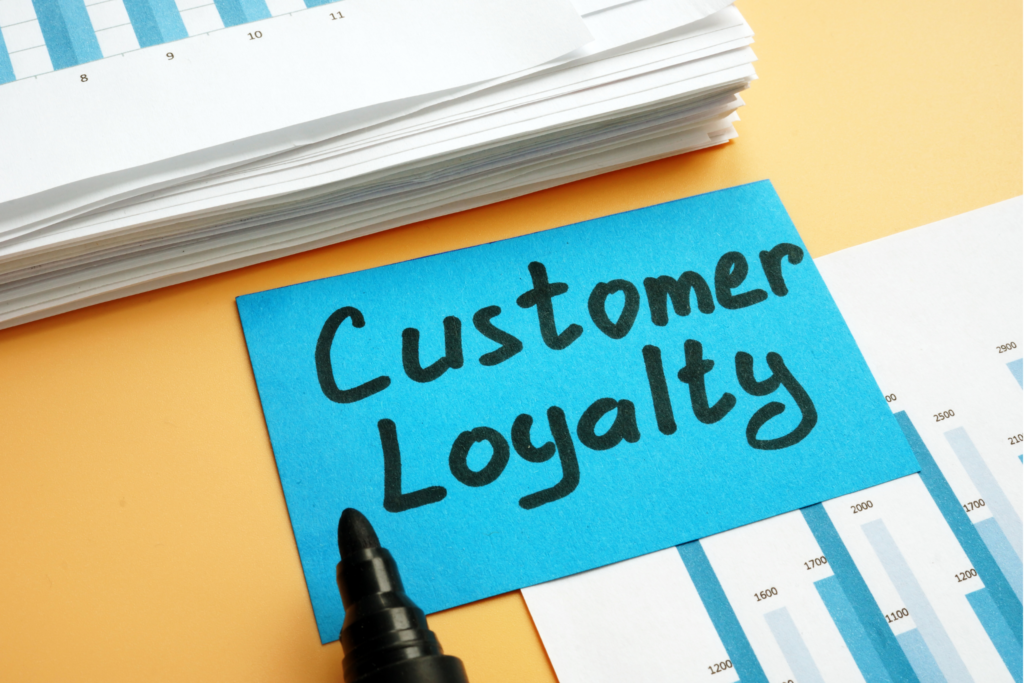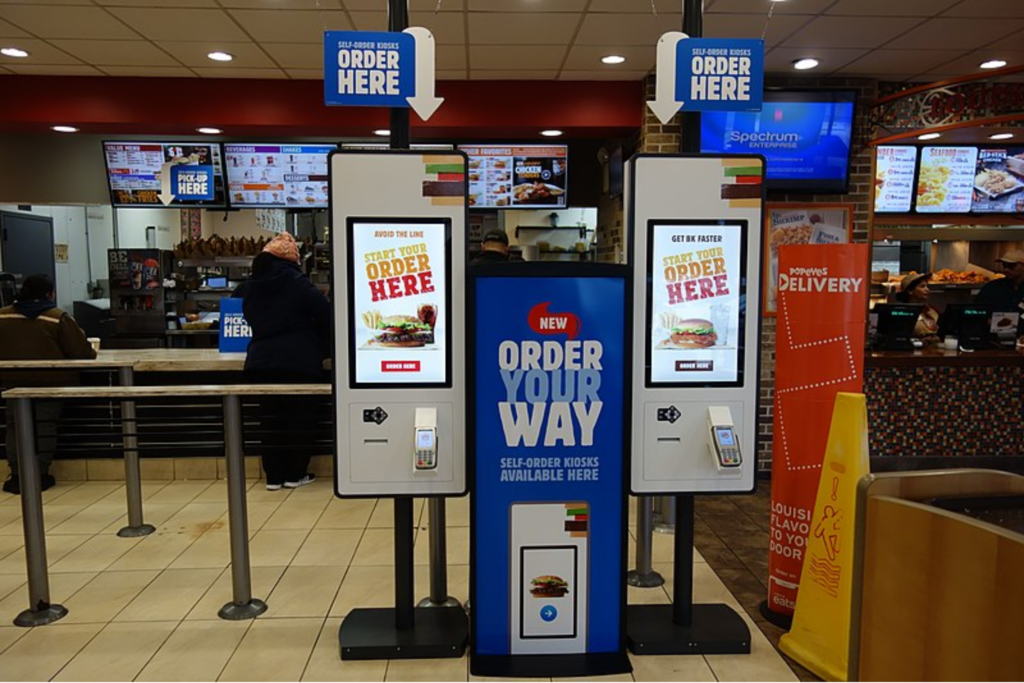Table of Contents
ToggleWhat Is Grocerant?
A Grocerant seems to be a trend in the food retail industry – one that has only recently made itself quite noticed. Essentially, a Grocerant is any food item that is either ready-to-eat or can be bought and easily heated up when consumers get home.
Usually, these food items can be found in grocery stores – especially the large-scale ones (supermarkets). However, the Grocerant trend has started popping up in convenience stores as well.
Also, it should be noted that people have started referring to places that offer grocery shopping combined with ready-to-take-home meals (that can be cooked or not) as Grocerants too. Basically a combination of the words “grocery” and “restaurants.”
So, this term can either define the food item we mentioned, or the place where consumers can buy such food items and also do their shopping (the latter meaning is more commonly used).
And these places have become quite popular.
After all, around 40% of the US population, for example, prefers to buy prepared food items from grocery stores. What’s more, Grocerants have even managed to attract Millennials, who rely on grocery stores less than any other generational group.
Of course, that might have something to do with the fact that buying meals from a Grocerant is more cost-efficient for consumers. On average, such a meal would cost around $4.22, while a restaurant meal usually goes up to around $7.96.
As the Vice President of Industry Analysis at NPD Group, David Portalatin, says:
“Give the Millennials what they want – fresh, healthier fare and a decent price – and they will come.”
What Else Makes Grocerant Restaurants so Popular?
It’s quite simple – it’s mostly the convenience aspect.
Just put yourself in a consumer’s shoes to better understand why many of them like Grocerants so much.
Imagine you just got out of work, it’s around 5-7PM, you’re tired and hungry. But you still need to go do your shopping. So, you head to your regular grocery store/supermarket and start buying the things you need.
After spending some time doing that, and also waiting in line, you then have to go home to prepare your dinner too. Not a very pleasant thought, right?
But what if, while you were doing your shopping, you came across the deli section and realized the store already offered prepared meals? You could buy it right there and eat it. Or you could just buy a meal and heat it up at home.
Well, if you were in such a situation, wouldn’t you be happy that you managed to find a way to bypass having to cook dinner when you get home? That would free up your evening, even more, allowing you to relax.
So, you can imagine why many people nowadays find something like this attractive. You as a QSR owner best know how valuable time is, and how precious free time actually is nowadays…
In fact, you should also note that grocery prepared foods generally tend to peak at dinner time, meaning that’s when people are more likely to buy them.
Plus, today’s consumers also love that – at Grocerants – they can find all the variety they need in one place. Since grocers and supermarkets have started offering various selections of food items ranging from Asian and Italian to Mexican and even seafood cuisines, customers no longer have to visit different places if they want different food varieties.
Sure, QSRs could try to catch up by diversifying the kind of food they offer, but that can be problematic for 2 reasons:
It can create a conflict with the brand image.
- It can create a conflict with the brand image.
- It might not be too profitable.
Furthermore, it’s become quite obvious that such places are looking to cater to all their customers’ dining needs by even including options like custom-prepared grilled meat and sushi on their offers. Not to mention that some Grocerant restaurants have even started setting up comfortable in-store dining furniture.
Should QSRs Be Worried about Grocerants Then?
If you run a QSR, it’s only natural you’d be worried about the Grocerant trend. After all, as you’ve seen, it really appeals to Millennials, and it’s starting to rise in popularity more and more because of its sheer convenience.
However, that doesn’t mean Grocerants don’t have their drawbacks. One problem is the fact that grocery stores or supermarkets don’t have the same level of experience when it comes to food safety that QSRs have.
And this isn’t just some speculation – even Whole Foods (one of the main pioneers of the Grocerant model) were accused by the FDA of violating various food safety laws in one of their commercial kitchens.
Furthermore, according to the CDC, the number of foodborne illness outbreaks associated with food that was prepared in grocery stores doubled between 2013-2015.
But you should keep in mind that, regardless of all this data, many consumers still continue to consider Grocerant-prepared food to be the healthier option. And healthiness is one of the main things that influence purchase decisions and customer satisfaction this day and age.
So, there’s no denying the truth – this winning combination of a grocery store with a restaurant is definitely convenient, and highly attractive to today’s fast-paced consumers. So, we’re pretty certain that the Grocerant trend won’t be going away anytime soon, and will, in fact, continue to grow.
Does that mean that your QSR could end up facing serious competition in the long run?
We’re not saying it’s not possible. But judging by modern consumer behaviors, it is likely that they will develop a strong preference for the shopping + ready-to-take-home meals experience.
Plus, right now, the penetration of purchasing Grocerant meals is nearly three-quarters the size of QSRs’ penetration rate. Not only that, but the frequency of this penetration is one-third as often too.
Still, as you can see, most consumers who purchase from Grocerants are usually light buyers. Meaning they only make a purchase from such places once or twice per month.
And this highlights a serious issue Grocerant restaurants might be dealing with – consumer loyalty, since prepared foods that are bought from a Grocerant, are purchased more rarely than foods that are ordered from a QSR.
But do keep in mind that many of the people who purchase prepared foods at grocery stores are actually QSR customers too. In fact, some of them are among the heaviest QSR clients out there – which means that Grocerants are trying to build their customer base by gaining the interest of loyal QSR patrons.
Well, fortunately, customer loyalty is one thing you as a QSR owner can leverage to your advantage in the long run – if you do it the right way, of course.
In-depth Consumer Loyalty Might Make a Difference
As a QSR owner, you’re probably already running a loyalty program for your business. Of course, if it hasn’t gone mobile yet, you might be missing out on a lot of possibilities.
But if that aspect’s covered too, then here’s one loyalty aspect that could help you best Grocerants: Advanced customer analytics.
Basically, we’re referring to you learning what makes your clients tick – what dictates their purchasing behavior, to be more specific.
We’re talking about finding out:
- What kinds of food items your customers like the most.
- When your customers like to make a purchase (which day of the week, essentially).
- Which of your QSRs customers like to shop at the most.
- Which ones of your clients are the most profitable for your business.
- Which customers you can grow, and which ones you need to retain, recover, or reward.
If you learn all those aspects, you’ll even be able to turn potential clients or inactive clients into loyal customers by fully centering your loyalty program around what your customers want and need. Not to mention that you could manage to turn loyal clients into brand advocates.
Thus, you’ll get to ensure that your consumer base is solid and that Grocerants won’t be a serious concern for your QSR.
Let’s face it. If Grocerant restaurants manage to attract QSR customers (especially the loyal ones) that means that QSRs need to step up their game. And they can do that by revamping their loyalty programs to ensure they fully resonate with their patrons.
Of course, gaining access to such info is not simple – at least if you do it the old-fashioned way it isn’t.
However, if you choose a white-labeled loyalty platform like Spoonity, you can gain access to all that data we just mentioned – and more! That’s because our service can actually segment your customer base across 5 indices to help you decide exactly how much manpower and financial resources you must dedicate to each customer group.
What’s more, all those analytics are linked to automated marketing processes. Which means you won’t have to deal with any hassle to take advantage of all this valuable data.

This way, you would be able to truly put your QSR on the map, and make sure it stays there. Even if other Grocerants start popping up on the market.












